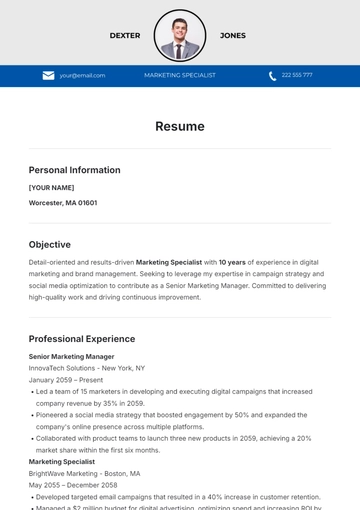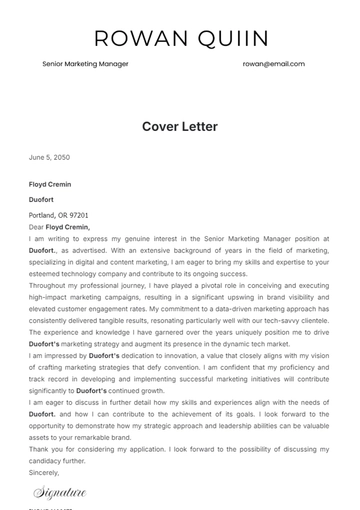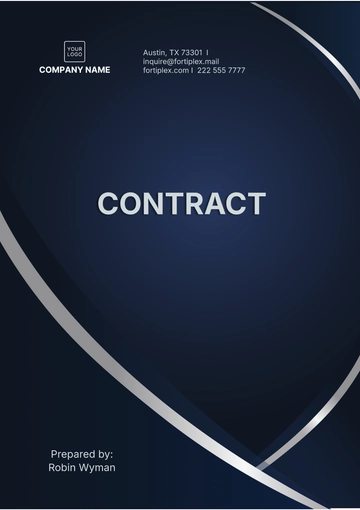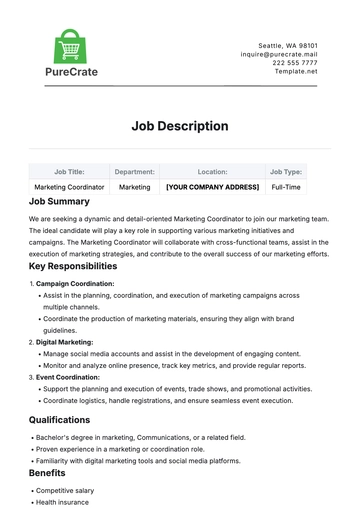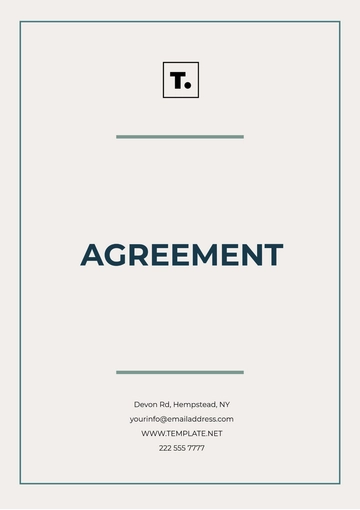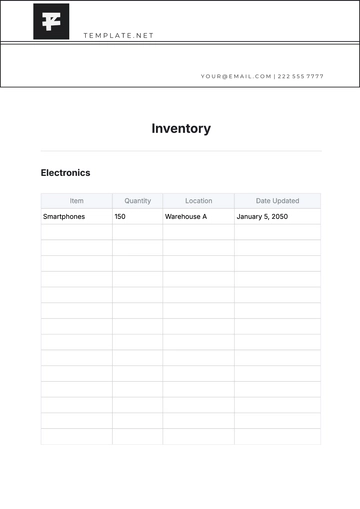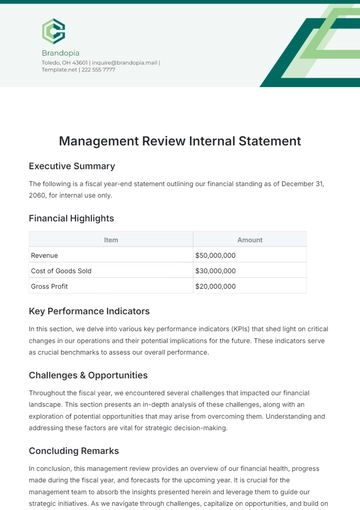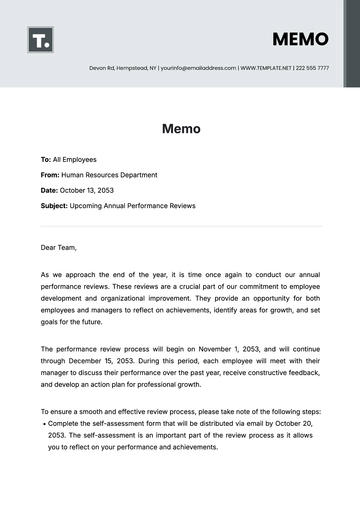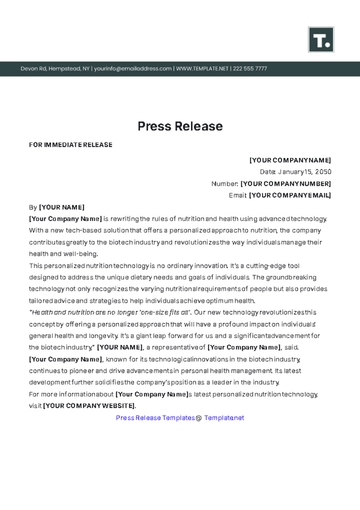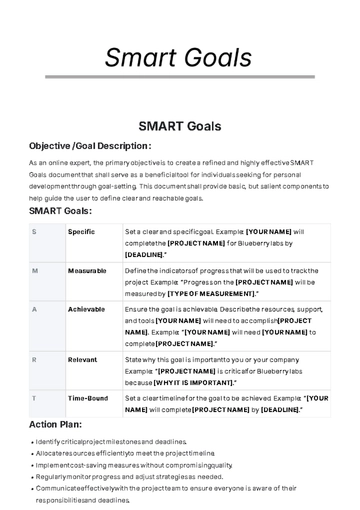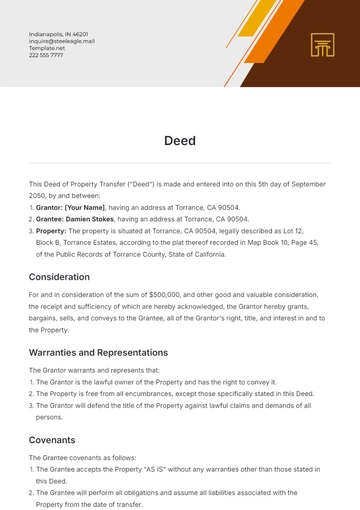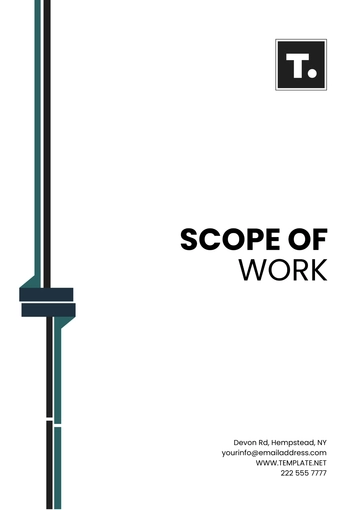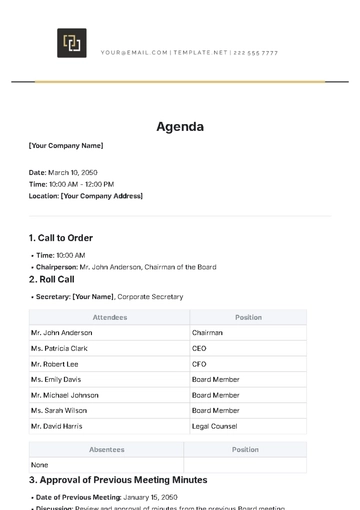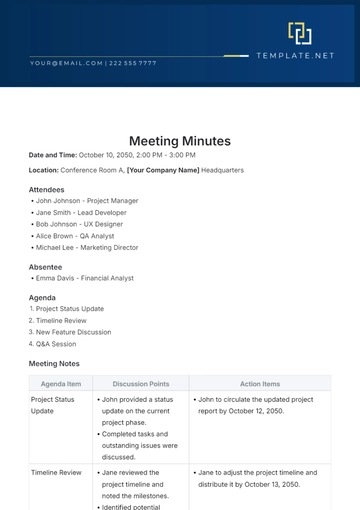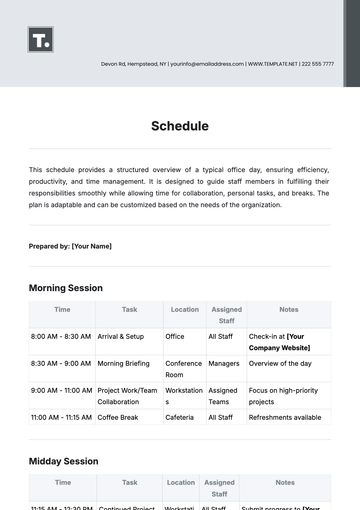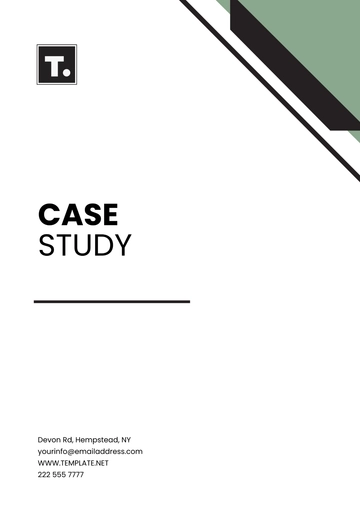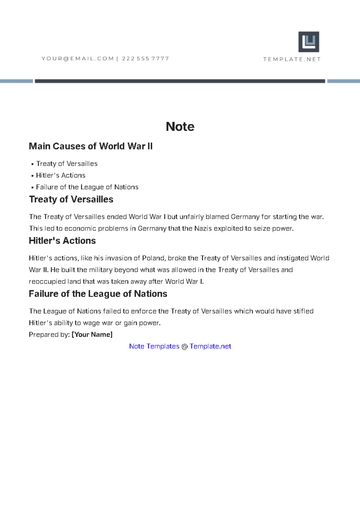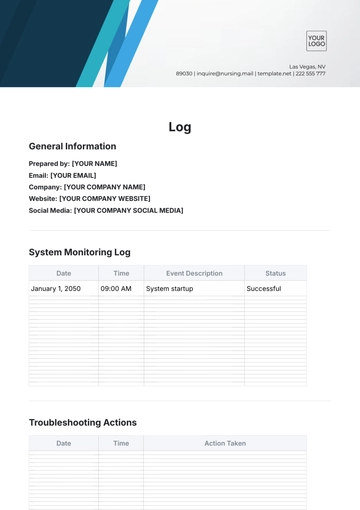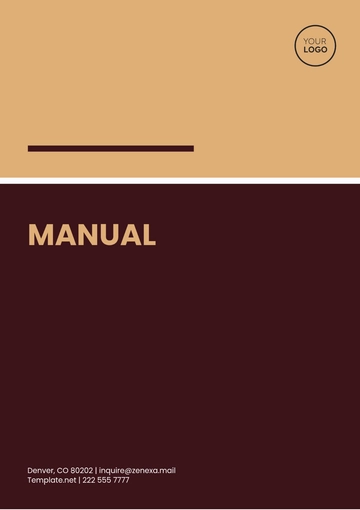Free Interior Design Supply & Demand Forecast
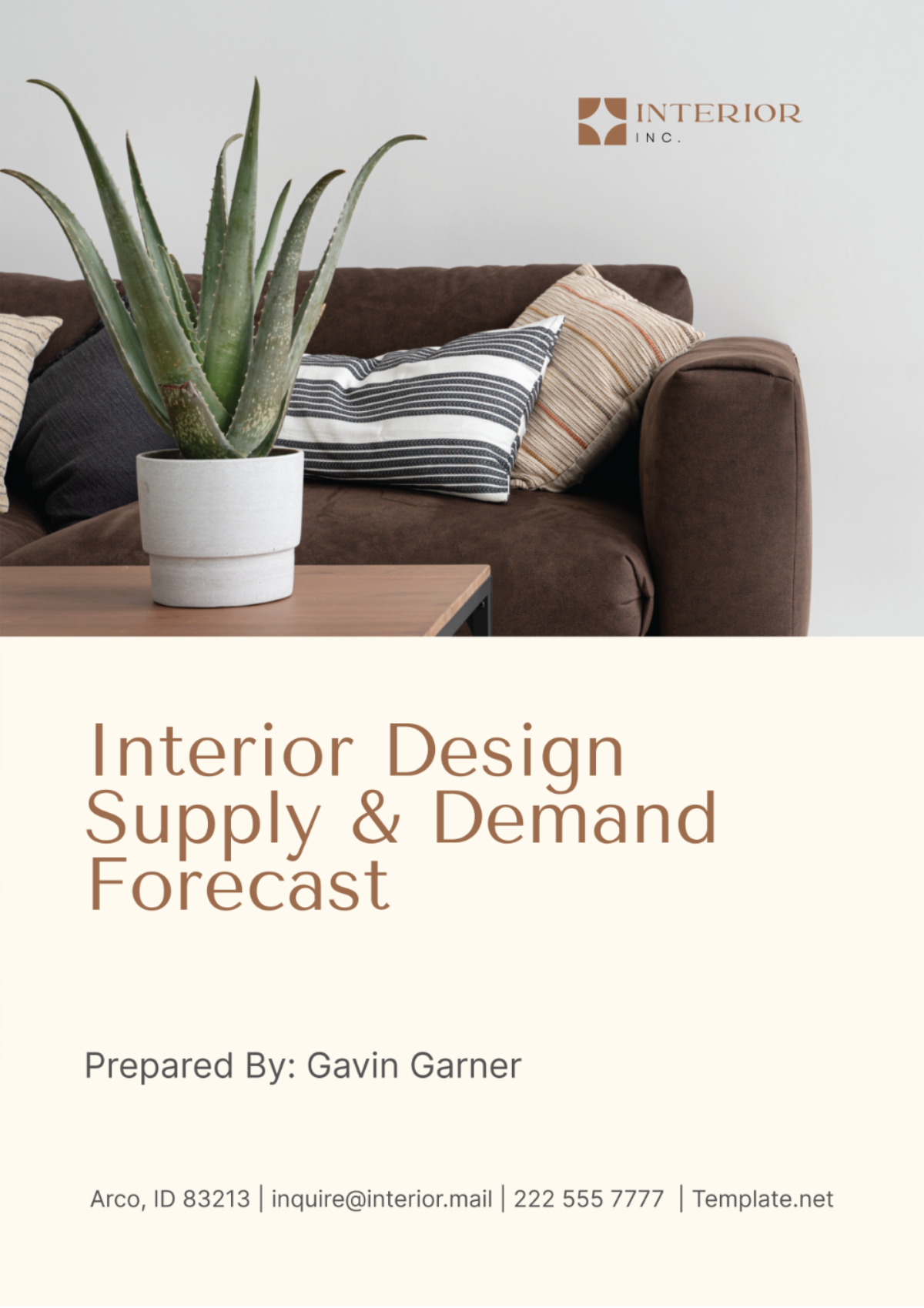
I. Introduction
The Interior Design Supply & Demand Forecast serves as a critical strategic asset for [Your Company Name], enabling precise predictions of emerging trends in material usage and evolving client demands. This comprehensive analysis incorporates a detailed review of historical consumption patterns, market research, and predictive analytics to fine-tune our inventory and procurement approaches. The objective is twofold: to boost operational efficiency and elevate client satisfaction. By maintaining a proactive stance, [Your Company Name] not only adapts to industry fluctuations but also secures a competitive advantage. Emphasizing sustainability and local sourcing, this forecast also addresses the complexities introduced by unpredictable global supply chain issues, ensuring that our strategies are robust and responsive to both market and environmental shifts.
A. Trend Analysis
Our in-depth trend analysis underscores a significant shift towards environmentally sustainable and ethically sourced materials, reflecting broader consumer values and regulatory changes. By integrating real-time data streams and AI-driven analytics, [Your Company Name] stays ahead of industry trends, enabling us to meet our clients' preferences for innovative and eco-friendly design solutions. This segment of our forecast evaluates potential impacts of global economic events, such as tariffs and trade agreements, on material costs and availability, ensuring that our supply chain remains resilient and cost-effective.
Aspect | Key Insights | Statistical Data | Strategic Implications |
|---|---|---|---|
Shift Towards Sustainable Materials | Significant increase in demand for eco-friendly and ethically sourced materials. | Demand increases for sustainable materials: +25% yearly | Adapt procurement strategies to prioritize sourcing of eco-friendly and ethically produced materials. |
Impact of Global Economic Events | Analysis of tariffs and trade agreements on material costs and supply chain resilience. | Cost volatility due to tariffs: +/- 10% on affected materials | Develop risk mitigation strategies to handle cost fluctuations and ensure supply chain resilience. |
B. Strategic Forecasting
The strategic forecasting component of our report employs a dynamic, multivariate model that synthesizes past sales data, current market conditions, and prospective economic scenarios. This model is regularly updated to incorporate the latest technological innovations and market intelligence, enhancing its accuracy and relevance. Through rigorous scenario planning, we prepare for various supply chain contingencies, ensuring continuous supply and optimal inventory levels. The actionable insights derived from our forecasting enable [Your Company Name] to negotiate more effectively with suppliers and offer a diverse, high-quality product portfolio that aligns with current and future client demands.
Aspect | Key Insights | Statistical Data | Strategic Implications |
|---|---|---|---|
Forecasting Model Utilization | Employment of a dynamic, multivariate model integrating past data and current market conditions. | Forecasting accuracy improved by 15% with AI integration | Leverage advanced analytics to enhance forecasting accuracy and decision-making capabilities. |
Scenario Planning | Preparation for various supply chain contingencies through scenario planning. | Reduction in stock-outs by 20% through improved scenario planning | Implement robust scenario planning to maintain continuous supply and optimize inventory levels, reducing disruptions. |
II. Methodology
The methodology behind the Interior Design Supply & Demand Forecast is meticulously designed to integrate both quantitative and qualitative data sources, ensuring a robust and comprehensive analysis. This multi-layered approach captures a holistic view of the market dynamics influencing [Your Company Name]. Below is a detailed outline of our methodology, presented in a comprehensive table format:
Data Source | Description | Purpose |
|---|---|---|
Historical Sales Data | Analysis of sales records over the past five years, focusing on volume, frequency, and seasonality of material purchases. | To identify trends and patterns in material usage, establishing a baseline for forecasting future demands. |
Client Consultations | Regular feedback sessions with key clients to gather insights on their current preferences and future needs. | To understand client-specific trends, preferences, and potential shifts in demand that could influence market offerings. |
Supplier Interactions | Discussions with primary and secondary suppliers about their production capacities, lead times, and potential challenges. | To assess supply chain resilience and potential risks that may impact material availability. |
Industry Trend Analysis | Review of industry reports, market research findings, and sustainability trends to gauge broader market shifts and innovations in material use. | To incorporate external market dynamics and technological advancements into our forecasting model. |
Qualitative Insights | Incorporation of feedback from internal stakeholders, such as designers and project managers, regarding material application and client reactions. | To enrich the data-driven approach with experiential insights, enhancing the accuracy and applicability of the forecast. |
This methodology allows [Your Company Name] to predict and adapt to both anticipated and unforeseen changes in the interior design market. By synthesizing diverse data sources, the forecast not only identifies current material trends but also provides strategic insights that facilitate proactive decision-making and strategic planning.
III. Key Findings
The key findings of our Interior Design Supply & Demand Forecast highlight pivotal shifts and emerging trends that are shaping the industry. Notably, the popularity of sustainable materials and the preference for local sourcing illustrate a significant transformation in client demands and market dynamics. Additionally, the analysis identifies critical risks within the supply chain that could impact [Your Company Name]. Below, these findings are detailed comprehensively in a table format:
Finding Category | Key Insights | Impact on [Your Company Name] |
|---|---|---|
Popularity of Sustainable Materials | Demand for eco-friendly options like reclaimed wood and recycled glass has increased by 25% over the past year. Clients appreciate materials that combine aesthetic value with environmental responsibility. | This surge requires [Your Company Name] to adjust procurement strategies and expand relationships with eco-conscious suppliers to meet client expectations. |
Local Sourcing | There is a growing client preference for materials sourced within a 100-mile radius, driven by the desire to reduce carbon footprints and support local economies. Over 30% of clients have made specific requests for locally sourced materials. | Enhanced focus on local sourcing can strengthen community ties and potentially reduce logistics costs and complexities. |
Supply Chain Risks | Global market instabilities and trade tensions are major concerns, alongside local issues like limited stock availability or delays from suppliers due to unexpected events. | Strategic risk management plans are crucial to navigate these challenges, ensuring stability and continuity in supply chains. |
This table encapsulates the critical areas where [Your Company Name] must focus its strategic efforts to stay ahead in a competitive and rapidly evolving market. By understanding these key trends and preparing for potential disruptions, we position ourselves to offer superior service and innovative solutions to our clients.
IV. Insights from the Data
The data-driven insights derived from our Interior Design Supply & Demand Forecast provide a detailed understanding of shifting client preferences and market dynamics. This section elucidates the growing trends in material demand, emphasizing eco-friendly and locally sourced options. Here, these insights are structured into a table, incorporating key statistics and valuable observations to guide strategic decision-making at [Your Company Name]:
Material Type | Percentage Increase in Demand | Comments |
|---|---|---|
Eco-Friendly Materials | 25% | There's a robust increase in demand for eco-friendly materials, propelled by heightened consumer awareness and a shifting preference towards sustainability. This trend is reshaping procurement strategies and supplier engagements. |
Local Materials | 30% | The demand for local materials has escalated, driven by their environmental and economic advantages. This reflects a growing client desire to reduce carbon footprints and support local economies, influencing [Your Company Name]'s sourcing tactics. |
These insights not only highlight significant trends but also align with broader consumer values and regulatory expectations. By integrating these findings, [Your Company Name] can optimize its offerings to meet the evolving needs of the market, thereby enhancing customer satisfaction and reinforcing its market position.
V. Actionable Recommendations
The actionable recommendations derived from our Interior Design Supply & Demand Forecast are designed to strategically address the identified market trends and supply chain vulnerabilities. These recommendations are pivotal for ensuring that [Your Company Name] not only meets the current market demands but also enhances its operational resilience and competitive edge. Below is a detailed table that outlines these recommendations, providing clear guidance on implementation:
Recommendation | Objective | Implementation Strategy |
|---|---|---|
Enhance the Procurement of Sustainable Materials | To meet the increasing client demand for eco-friendly options. | Expand the inventory to include a wider variety of sustainable materials. Partner with innovative suppliers who are leading the way in eco-friendly production techniques. |
Strengthen Relationships with Local Suppliers | To ensure a more resilient and timely supply of materials, particularly local options. | Foster stronger alliances with local suppliers through regular engagement and long-term contracts, ensuring priority access and mutual growth. |
Develop Risk Mitigation Strategies | To manage potential disruptions in the supply chain effectively. | Establish protocols that include alternative sourcing options and inventory safeguards. Develop contingency plans that can be activated in response to specific supply chain challenges. |
These structured recommendations equip [Your Company Name] with strategic directives that are essential for adapting to evolving market needs and for navigating potential challenges in the supply chain effectively. By implementing these strategies, [Your Company Name] can enhance its service offerings, strengthen supplier partnerships, and ensure a stable supply chain, all while aligning with the sustainability and local sourcing preferences of our clients.
VI. Conclusion
The Interior Design Supply & Demand Forecast for [Your Company Name] presents a thorough analysis of prevailing material trends and anticipates significant shifts that could affect our business landscape. Emphasizing procurement strategies that promote sustainability and local sourcing aligns our operations with growing consumer preferences for environmentally conscious and community-supportive products. By adapting these strategies, [Your Company Name] not only meets market demands but also contributes positively to ecological and economic sustainability.
Our forecast highlights the necessity of robust risk management protocols in navigating global supply chain uncertainties. Proactive measures, including diversified sourcing and enhanced supplier relations, are essential to ensure an uninterrupted supply of materials. These strategies will safeguard against potential disruptions, providing [Your Company Name] with the flexibility to respond swiftly to changing market conditions without compromising on quality or delivery schedules.
As the interior design industry evolves, [Your Company Name]'s dedication to innovation and adaptiveness will be crucial in maintaining and extending our market leadership. By continuously updating our approaches in response to market insights and forecasted trends, we reinforce our commitment to excellence and customer satisfaction. Our strategic foresight in these areas not only secures a competitive edge but also positions [Your Company Name] as a forward-thinking leader in the industry, ready to face future challenges and seize new opportunities.
- 100% Customizable, free editor
- Access 1 Million+ Templates, photo’s & graphics
- Download or share as a template
- Click and replace photos, graphics, text, backgrounds
- Resize, crop, AI write & more
- Access advanced editor
Unveil your interior design project's potential with the Supply & Demand Forecast Template from Template.net. This customizable tool, designed specifically for precision and editable in our Ai Editor Tool, streamlines predictions and planning. Ensure accurate forecasting and strategic decision-making with a template that molds to your unique business needs. Enhance your market responsiveness today by leveraging this essential resource from Template.net. Perfect for industry professionals aiming for excellence.
You may also like
Free
Free CV Template
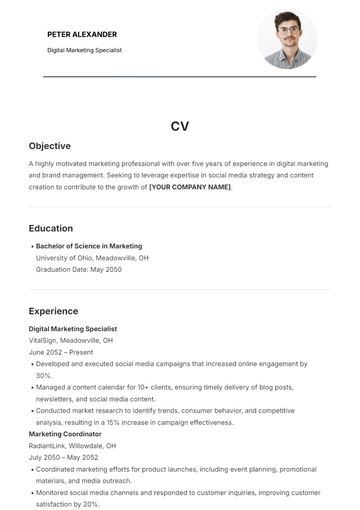
- Resume
- Cover Letter
- Report
- Budget
- Lesson Plan
- Itinerary
- Resignation Letter
- Letter
- Job Description
- To Do List
- CV
- Proposal
- Business Plan
- Checklist
- List
- Smart Goal
- Executive Summary
- Agenda
- Analysis
- Press Release
- Memo
- Note
- Action Plans
- Script
- Essay
- Brief
- Syllabus
- Tracker
- Contract
- Agreement
- Bill of Sale
- Case Study
- White Paper
- Statement
- Will
- Deed
- Notice
- Scope of Work
